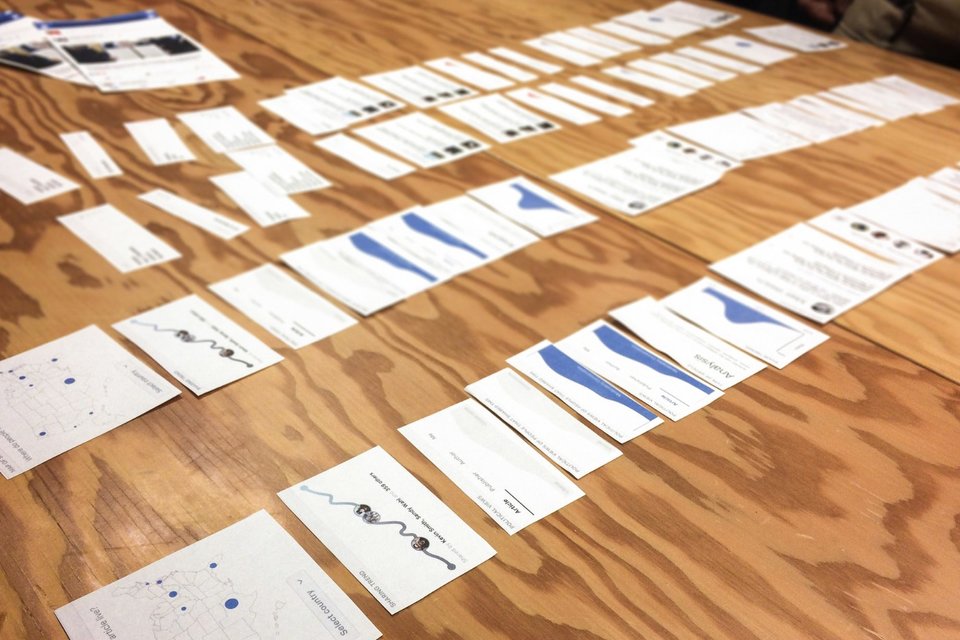
- Facebook reported another refresh to its News Feed that gives extra data about articles that have been shared.
- The extra data incorporates a Wikipedia connect, data about the distribution, and aggregate number of offers crosswise over Facebook.
- You get to the data by tapping an “about this article” catch close to the base left corner of the picture.
Your News Feed will soon enable you to spot which stories are from dependable sources, and which articles are phony news, Facebook declared on Tuesday.
Individuals in the United States will soon observe a change in Facebook that adds extra data to news stories in Facebook. In particular, the extra data incorporates a Wikipedia interface, data about the production, related stories, and the aggregate number of offers crosswise over Facebook.
In another test presented on Tuesday, Facebook will likewise give anecdotal data to the writer and in addition connects to their different stories.
The visual flag is a little “about this article” symbol close to the base left corner of the article’s picture. Tap on it, and you’ll get more data.
It’s difficult to envision without seeing it, so this is what Facebook says it would appear that:
At that point, Facebook experienced a “plan run” with twelve architects and scientists to deride up a “model” of what extra data could resemble. This included printing out a huge amount of “modules” with data like distributer area, sharing patterns, and number of workers to check whether they may help decide if a story was worth trusting.

After Facebook made sense of what to indicate clients, it at that point needed to figure out how to stand out enough to be noticed.
This is what individuals take a gander at while assessing if a story is phony news, as per Facebook:
From the get-go, we tried a static section point with a relatable symbol (recognized through early meetings). In any case, we found that individuals as often as possible missed the catch. After later directing inside and out meetings with eye-following, we learned that when assessing articles on Facebook the same three territories general tended to draw individuals’ consideration (requested relying upon the person):
A) The substance of the companion, gathering, or Page who shared the post,
B) Faces (if display) in the article’s review picture, and
C) The feature of the article.
While the new refresh to Facebook to battle counterfeit news may be not entirely obvious in the sustain, it speaks to the consequence of around a half year of testing and a huge amount of work, as indicated by Facebook.
The new component is accessible in the US now, and Facebook is attempting to bring the new extra data to different nations, since it knows how critical solid data is.
“In Western Europe, we found that it could assume a key part before basic minutes like races, “
the Facebook group composed.
Original article by Kif Leswing